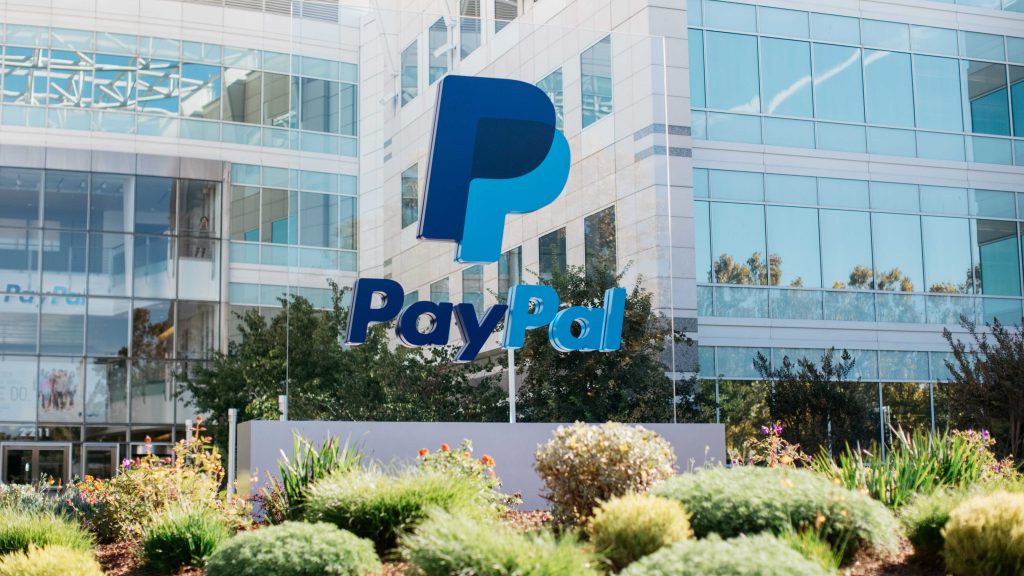Technology and the COVID pandemic have fundamentally changed consumer shopping habits. In this conversation, Paypal CTO Sri Shivananda outlines what the future of interactive, immersive commerce looks like and how businesses – whether they are established companies, SMMEs or startups – need to be adopting these.
There’s no doubt that technology has already re-shaped the way the world thinks about buying and selling. Who would have thought twenty years ago that people would be shopping on their phones?
No ad to show here.
Executives need to understand new technologies, determine which of them will provide the greatest competitive advantage, and then scale them at the right time.
Despite the huge changes to the shopping experience in recent years, it’s important to understand that we are only part-way through this journey. As technologies continue to advance, and we as a society adapt our behaviors, new opportunities and risks will present themselves to merchants of all sizes.
Here is where I see the future of commerce being won and lost, as we continue on this technology journey:
Meeting ever-increasing demand for personalised experiences
We’ve already witnessed the transition of commerce from bricks and mortar to the web, and then from the web to mobile. The next phase of internet-connected devices will make commerce even more contextual. Anything you can interact with can be a platform for commerce. Imagine being able to point your phone at your best friend’s shoes, and they will almost instantly appear in your shopping cart, ready to be delivered to your home?
Mobile has already made shopping an “all the time” activity and has given us a taste of what it’s like to have hyper-personalised experiences. While a consumer walking into a retail store is limited by physical space, the online world offers an unlimited shelf for merchants to deliver tailored customer experiences.
Looking ahead, innovations in artificial intelligence and machine learning hold great promise to further deliver on this hyper-personalisation, by being able to learn about who a consumer really is as a person and their individual preferences.
As a result of this evolution, customers have moved from being surprised and delighted by personalised experiences to expecting them in every context. Many customers, for example, now get frustrated when they receive advertisements for products they’ve already bought, or have no interest in.
This shift has made it critical for merchants to avoid delivering homogenous experiences to shoppers who demand personalised interactions across all contexts. In doing so, it’s important that merchants find a balance between personalising their offerings and ensuring consumers don’t feel their privacy is being invaded. Shoppers want to feel like a brand understands them, but isn’t stalking them, particularly in the wake of several high-profile data breaches.
Closing the consumer fulfilment gap to deliver seamless experiences
With new advancements in technology comes the ability to create seamless customer experiences that narrow the gap between customer desire and fulfilment. Gone are the days where shoppers decided to purchase an item and then were happy to wait a week to receive it – for many, two-day shipping still isn’t quick enough. The invention of the internet meant people could shop from home, and recently we’ve seen this evolve further where consumers prefer to shop on-the-go via mobile.
The big question is, what’s next? We’re already seeing the growth of commerce through technologies like AI-enabled voice assistants and virtual reality, so it’s critical that merchants keep pace with innovations that enable them to close the gap between desire and purchase in a delightful way.
At the end of the day, businesses need to remember that the act of filling up a cart and the process of checking out is not the fun part of making a purchase – these are points of friction – and technology is the answer to removing these frustrations for customers.
Managing customer reactions to technology disruption
Every tech disruption in its early days delivers excitement, fear, anxiety and doubt – not necessarily in that order. We all go through a phase of tech humanisation, because technology grows as we do – and we help shape the development of new solutions.
Technology has been used for good and bad, and technology that causes eye raising experiences at the start will generally normalise in time. Remember the first video cameras on phones? As people learned how to use the technology, content got posted that shouldn’t have. Everything from the telephone, to radio and the television all caused concern and were initially criticised when first introduced to the public, but with time they’ve become part of our everyday lives. As technology evolves, companies learn from it, and the acceptance and humanisation of technology will take place for both consumers and merchants as new innovations are applied to the world of commerce.
Merchants need to have a mindset that’s focused on being a customer champion, while recognising that customers need to adapt to new technologies in their own time. To do this, businesses must leverage technology to build the right features that aren’t intrusive, but geared towards helping people, and respect the customer’s choice to turn technology on or off.
Technology innovation will continue to re-shape commerce in the years ahead, with the potential to deliver new growth opportunities for merchants, and offering customers more choice, convenience, value and instant gratification. In a broader sense, these innovations can also help promote employment by breaking down traditional barriers to buying and selling. For merchants, the opportunities will arise, they just have to know how to take advantage of them in the right way.
Read more: Crypto bucks rising financial crime trend
Featured image: Paypal
